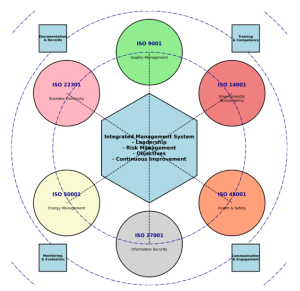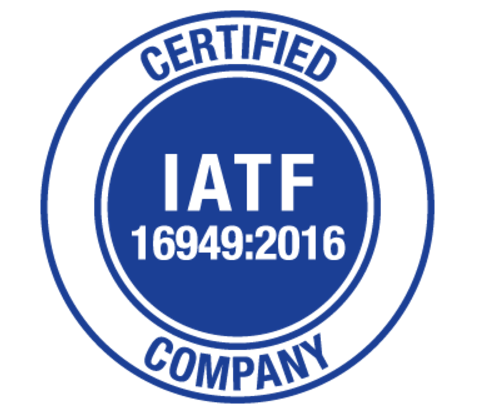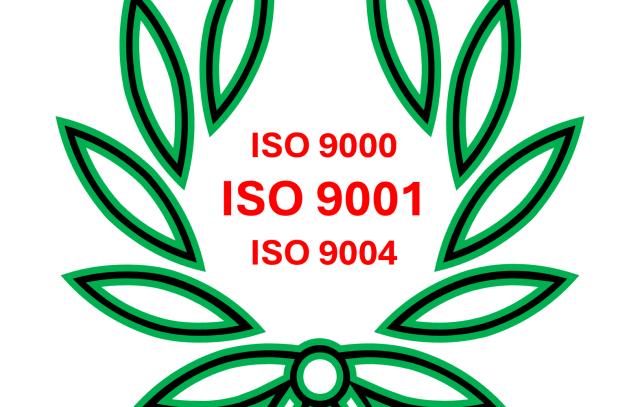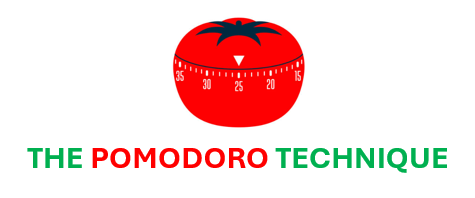Integrated Management System (IMS)
A unified strategy for managing an organization’s various management systems is known as Integrated Management System (IMS). It means integrating various standards and processes of quality, environmental, information security,etc… into a single, cohesive system. Of course this list can be expanded depending on the industry in which the company operates. IMS is designed to streamline processes, reduce duplication, and improve overall organizational performance by aligning various management practices.

Key Characteristics of an Integrated Management System :
- Combines Multiple Standards: An IMS can most often integrate these international and national standards, such as:
- ISO 9001 (Quality Management System)
- ISO 14001 (Environmental Management System)
- ISO 45001 (Occupational Health and Safety Management System)
- ISO/IEC 27001 (Information Security Management System)
- ISO 50001 (Energy Management System)
- Streamlines Processes: Instead of managing different systems and processes separately, an IMS combines them into a single framework.
- Shared Objectives and Goals: An IMS helps companies define shared objectives and policies across different departments and areas, ensuring that all management systems are working toward the same overall goals, such as continuous improvement, improved efficiency, customer satisfaction, effective risk management, better decision making, and sustainability.
- Improved Resource Allocation: By integrating multiple systems, resources such as personnel, time, and financial investments can be allocated more effectively. For example, a central audit team can be designated to carry out internal audits covering all areas. Obviously, there are prerequisites regarding who can be an auditor and under what conditions, but in the long term, this could be worthwhile. The same can apply to setting up a central training team that conducts recurring training sessions according to the relevant standards.
- Centralized Documentation and Reporting: An IMS centralizes documentation, procedures, and reporting, monitoring systems, making it easier to manage compliance and track performance. This is very closely related to standardization.
- Standardization: An IMS ensures that all processes, procedures, and documents are standardized, which reduces errors and inconsistencies .
- Simplified Audits and Certifications: An IMS enables companies to go through a single, integrated audit rather than having separate audits and certifications for each management system. This makes the process more efficient and less time-consuming.
- Compliance Management: An IMS ensures that the organization is compliant with various regulatory, legal, and standard requirements by their management and monitoring.
Challenges of Implementing an Integrated Management System:
- Complexity: Integrating multiple systems can be complex, especially if the systems come from different standards or have significantly different processes.
- Resource allocation: Initial implementation might require a significant amount of time and resources, especially if the organization has not yet adopted all relevant standards.
- Lack of Expertise: Organizations may lack the internal expertise needed to successfully integrate different management systems. This could require external consultants or specialized training for staff.
Steps to Implement an Integrated Management System (IMS):
- Define your Why, define your purpose :Identify why an IMS is required and what goals it will serve.
- Management commitment: Examine how the integration is related to your other organizational goals, whether you are willing to allocate resources for this, and how you can demonstrate commitment. Set clear goals for integration.
- Define the scope of integration: Decide which management standards to integrate (e.g., ISO 9001, ISO 14001, ISO 45001, etc.) and ensure that the integration is tailored to the organization’s needs.
- Conduct a gap analysis: Identify whether you have any processes that conflict with each other or overlap. Identify the areas that need to be developed or harmonized. Conduct a risk analysis to estimate the risks associated with the implementation of the IMS.
- Develop integration policy and processes: Create common policy, processes and objectives. Define SMART objectives for the integration process. Dedicate responsibilities for every single actions to be taken. Create standardize IMS documentation. Make sure you have robust control over your performance.
- Train your employees: Create your training plan. Hold your employees accountable whether they understand the IMS and their roles within it.
- Monitor and evaluate the IMS: Implement ongoing monitoring and auditing processes to track the effectiveness of the integrated system and ensure continuous improvement. Establish key performance indicators (KPIs) and regularly perform internal audits to check compliance, effectiveness, and areas for improvement.
- Improve your IMS: Regularly review –by holding management reviews- the performance of the IMS and make adjustments as necessary.
- Apply your continuous improvement process: Implement corrective actions for any non-conformities identified, and preventive actions to prevent recurrence. Use feedback from audits, employee suggestions, and performance data to continuously improve the IMS.
If you want to be at the forefront in the competition for the best products or services, you can no longer live without professional management systems and their certification. Your goal is to have your IMS system certified. All the requirements that must be implemented are available in standards and other regulations. However, the path to implementation is not predefined.
Each management system must be tailored to the specific needs and goals of the organization. Therefore, always keep the individual corporate environment in mind, and adapt the standard requirements and implementation paths uniquely to your company.





